After loving the hell out of the Borderlands soundtrack, we had to check in with Gearbox audio lead Raison Varner to learn more about his inspirations for the score and how they managed creating such a cohesive sound with so many composers involved. The game not only featured Varner’s dark ambient contributions, but also the dreamy soundscapes of Jesper Kyd as well as gritty electronic tracks from Cris Velasco and Sascha Dikiciyan.
In our interview, Varner tells us about his background in music, how he came to work on Borderlands, what a typical day working on Borderlands consisted of, and how the team decided on such a drastic shift in direction for the second DLC pack, Mad Moxxi’s Underdome. We also discuss some specific tracks from the game, and plans for an iTunes release of the material music from the game’s DLC.
All of this and more in our interview after the jump!
OSV: Hello Raison, thanks for taking the time out of your busy schedule to talk to us about the music for Borderlands and the second DLC pack, Mad Moxxi’s Underdome. First of all, we were hoping you could tell us about your role on the project and how you came to work on it. I believe this was your first project at Gearbox?
Varner: I’ve been at Gearbox for almost 2 years now. When I first started, I worked on Hell’s Highway for a few months. At the time, Borderlands did not have an audio lead and when we got Hell’s Highway out the door I shifted over to Borderlands as the audio lead. For about the first 8 or 9 months I was the only sound designer on the project. Mark Petty joined me for the last 5 months of development as we wrapped up the audio production to ship Borderlands out.
During that time Jesper Kyd, Sascha Dikiciyan and Cris Velasco were music contractors on the project. We worked together closely and I contributed music in addition to their awesome work.
Mad Moxxi was a great DLC to work on. At this time Josh Davidson joined the audio team and he and I worked together on the first 2 DLC packs for Borderlands.
OSV: Being responsible for so many different areas seems like it would be stressful. How did you manage these different tasks? Did you set aside a whole day for each individual task, or did you work on all of them simultaneously? Do you think having your hands in all aspects of the audio allowed you to make a more effective soundscape in Borderlands?
Varner: There certainly was a lot of stress because of our aggressive timeline. Normally I prefer to work in a more linear fashion. I like to complete single tasks in a list quickly rather than multitask on several throughout the day. It allows me to pursue the resolution of problems in a dedicated fashion and I can run down all the problems associated with a single task or spend time considering the consequences of any given implementation. I find it saves me time with technical issues down the road to work that way. If I can reduce bugs at the end of a project by more thorough work throughout initial development, I’ll have more time to polish and mix, rather than being inundated with technical bugs.
I like being hands on with everything and I don’t think I would have approached that aspect differently no matter what the timeline might be. Every project teaches you something new and Borderlands certainly brought a boatload of lessons I’ll be applying to future projects at Gearbox.
OSV: The Borderlands soundtrack features many of the top game composers in the West, including Sascha Dikiciyan, Cris Velasco, Tim Larkin, and Jesper Kyd. What went into the decision to include so many composers for this project, and was it difficult to achieve a cohesive sound with so many “chefs in the kitchen,” as it were?
Varner: It actually wasn’t too hard to keep everything cohesive. But when you’re working with such amazingly talented people, it’s hard NOT to have an awesome soundtrack! The various composers were responsible for specific areas of the game. Jesper handled all the largest areas in the game where the player would spend a lot of time exploring. Sascha and Cris really nailed the bandit’s sound early on so they provided the aggressive bandit music. I would provide some music for boss battles and other environments that didn’t fit into that model exactly.
OSV: The atmosphere found throughout the Borderlands soundtracks is very dark. It kind of stands in contrast to the vibrant graphics. How was the direction for the score decided, and how do you think it turned out?
Varner: Even though we changed the art style drastically, the overall tone of the universe never changed. We always had a dark and violent universe. If anything, I felt that it was more important to go even more aggressive with our sound because of the contrast between the concept art style and the attitude of the world. I really enjoy the way the two mix and feel that they are very complimentary.
OSV: I admit I wasn’t too familiar with your work before hearing the Borderlands soundtrack, but I was very impressed with “Fighting Off the Skags” and “Traversing the Deep.” The sense of atmosphere you generated and some of the ethnic instruments you used reminded me of Matt Uelmen’s work on the Diablo series. Is this kind of music your specialty, or was it a bit of an experiment for you?
Varner: I consider Borderlands soundtrack my first commercial release and while I’ve been writing music for many years, this is the highest profile game that I’ve had a chance to contribute music to.
I absolutely love Uelman’s work in Diablo and while I never directly referenced that game’s score, I’m honored to be mentioned in the same question!
My music background is pretty broad. I’ve focused on film style writing for a long time but I’ve also had plenty of experience in rock bands, prog rock bands, dance music and various hybrids between those styles and “ethnic” or “world” influences. That was my favorite aspect of writing for Borderlands, that I was able to combine electronic music production with traditional film and world elements.
Ed Lima deserves credit for initially establishing this “world” style before I started on the project. I shifted it to a more abrasive, dark and aggressive tonality as the project changed but the original direction was because of Ed’s hard work.
“Fighting Off the Skags” was the first piece of music that I wrote for Borderlands and we had a running “Moooo” joke with many team members all throughout development because of the Mongolian throat singing. I thought that was hilarious and would moo at the audio programmer whenever I walked by his office… lol.
OSV: What tools were you and the other team member using? I noticed there are a lot of live guitars and drums on the album, but in terms of sample libraries, what was being used? I have to say, the synthesized bass swells in “Traversing the Deep” sound very much like the T-1000 theme from Terminator 2.
Varner: Jesper and Sascha all did a lot of live recording. I can’t speak to what libraries they may have been using specifically.
Due to time limitations (I had about 1 – 2 days to write and mix my tracks on average) I didn’t do any live recording. I used a mix of Symphobia, MOTU Ethno Instrument, QL Silk, QL Stormdrum 1&2, various Tonehammer libraries, electronic libraries and the Virus Ti Desktop.
I did a lot of synth programming with the Ti and pretty much every synth part you hear in my tracks are either patches I modified or created from scratch. The Virus has been an integral tool in my studio here since the day I got it and I also used it heavily in the game’s sound design. Ironically, those synth swells that stood out to you is the only patch I just used straight out of the box without modifying in some way.
That track was originally a throw away temp loop I made for an early prototype and it happened to find its way into the game.
OSV: Does the soundtrack feature all of the music written for the game? How was it decided which composer would be handling which sections of the game?
Varner: Yes. The soundtrack has all the music that was written for Borderlands including many tracks that we weren’t able to include in the game because of the change in art style and design. Since the soundtrack was released, we’ve written new music internally for the DLCs which will be released separately.
OSV: We have to talk about Mad Moxxi’s Underdome, which features an entirely different style of music compared to the core game. What inspired you and the team to go into more retro-styled techno direction for this DLC? Did any of the other composers contribute to this section of the game?
Varner: Ahhh, yes…. house music. I have to admit that I have been enjoying modern dance music thoroughly these last couple of years. The underground dance music scene in Dallas is pretty strong and I’ve been exposed to a lot of really interesting music during my time here. Josh and I talked about the music for the Underdome during the first week of production and felt that we had an excellent opportunity to bring something fresh to games. We felt that providing dance oriented music would lend pacing and an aggressive sound to the arena that would keep players engaged through a repetitive experience.
We played a few examples for the producer and asked him to imagine the crowd yelling and cheering behind the music while shit blows up everywhere. That pretty much sold him on the idea and while he thought it might be a risk at first, as I made progress with the first track, he backed the idea fully.
Once the dance influenced music went into the game, we had really positive reactions from our focus testing sessions and knew we were on to something.
Artists like Boys Noize, Wolfgang Gartner, Deadmau5, Justice and The Bloody Beetroots were all influences for the music I wrote for DLC 2.
OSV: How much music was written for the DLC, and are there plans for another soundtrack album or digital release of this material?
Varner: Island of Dr. Ned had a very small amount of music compared to Mad Moxxi. We will be releasing all of the Mad Moxxi tracks on iTunes soon. This will also include a full length remix of the “Intro” to the arena of which only a short clip was used for Mad Moxxi.
The entire Borderlands soundtrack is also available on iTunes.
OSV: Our readers might not know a lot about you and your musical background. Would you like to tell us about how you got into game music and what projects you’ve worked on in the past?
Varner: Well, I started getting into composition when I was really young. I think I was in 5th grade when I first started writing music. It wasn’t anything special, but it sounded sort of like it COULD be music.
I was a huge nerd and loved videogames and the more I learned about the videogame industry, the more I shifted away from film scoring. As well resourced as the film industry is, I’ve never enjoyed the political nature of that industry and preferred the eclectic requirements for games. I felt that videogames would offer me a chance to really switch things up between projects and it keeps things really interesting for me. I don’t like being pinned down to one genre as I’m always writing in several music genres and versatility has always been a focus point in my training.
I had all my music theory in high school and was constantly writing music almost every free period I had, then writing when I got home (well, when I wasn’t partying with friends anyhow).
I was going to attend Berklee in Boston but when I sat down and figured out how much debt that was going to saddle me with, I decided to just avoid college and study privately. In the end, I think that was the best choice for me personally because I’ve always been self motivated to write music in this industry. Considering the portfolio based hiring in this industry, I’m glad I put that time into constant indie projects and private composition/performance study.
One thing led to another and my first internship was on Prey, which turned into a fulltime contract position. After that I worked at Volition for about a year and a half and contributed sound design and music direction to Red Faction: Guerrilla. I joined Gearbox in March of 2007 and Borderlands became an excellent opportunity to write some more music so I jumped right into the deep end with Sascha, Jesper and Cris. Working with those guys was really rewarding and I thoroughly enjoyed the whole process. I can’t wait to work with them again someday!
OSV: I don’t know if you’re able to say, but are you or any of the other team members currently working on new music for the game? What can we expect to hear from you next?
Varner: Mad Moxxi has the largest music content of any of our DLC packs to date. Currently I am the audio lead for Aliens: Colonial Marines, so my presence on the DLC is much less these days.
OSV: Raison, thank you very much for answering our questions. Congratulations to you and the team on an amazing soundtrack and an amazing game. We look forward to hearing more of your music in the future!
Varner: Thanks! I’m really flattered by the interest in Borderlands score and I hope that people have been really enjoying the music. We wanted to do something a little different and the response has been really rewarding. I write for others to enjoy the music so I’m really happy that’s happening.
Thanks so much for the opportunity to speak more about what we love to do!
Tags: Borderlands, Gearbox, Interviews, Raison Varner, Videogame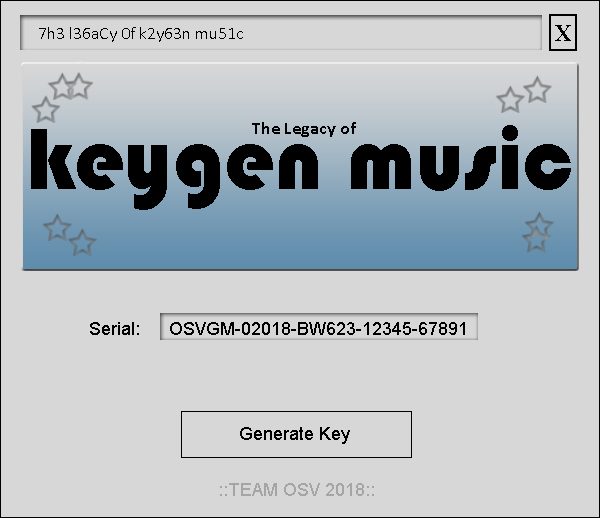
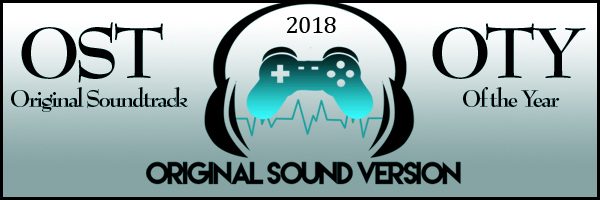
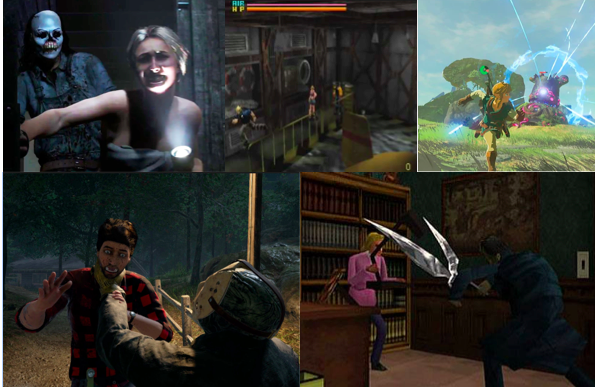


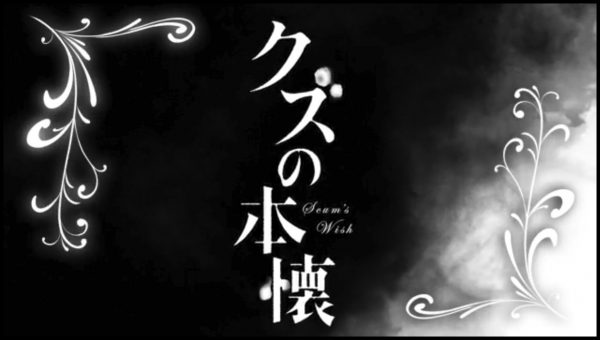


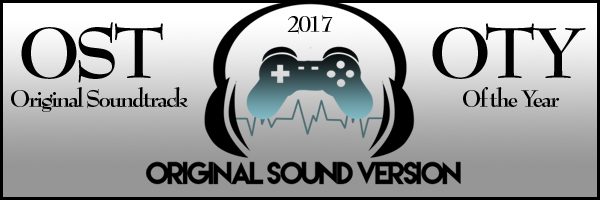
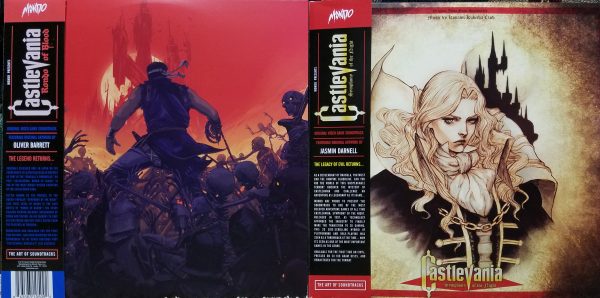
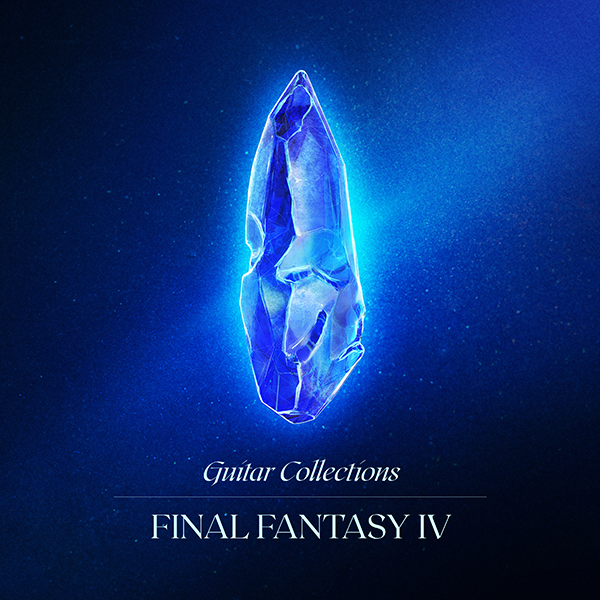
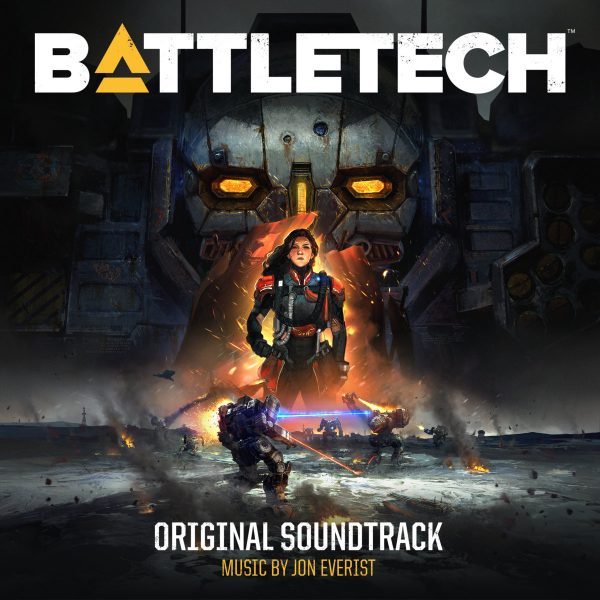
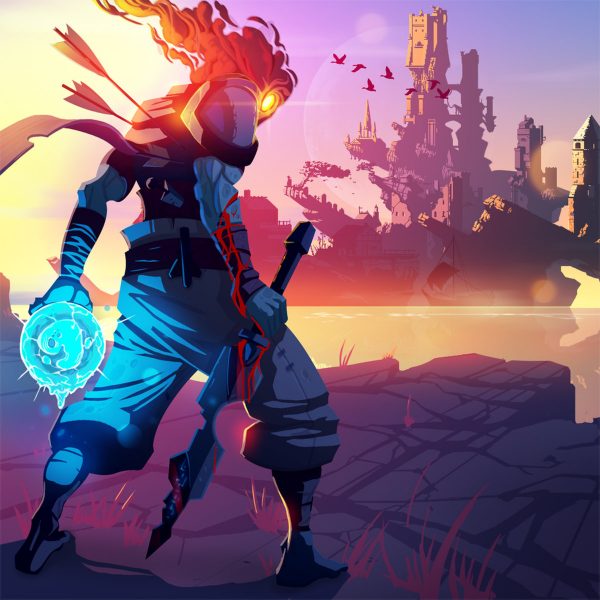
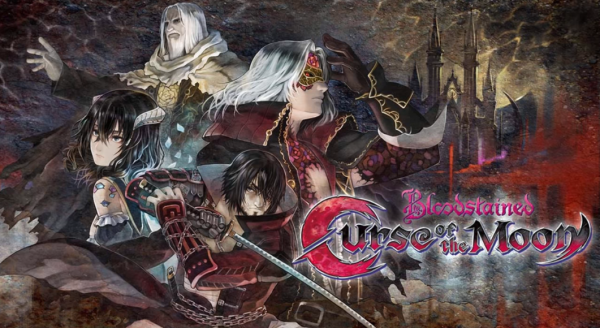
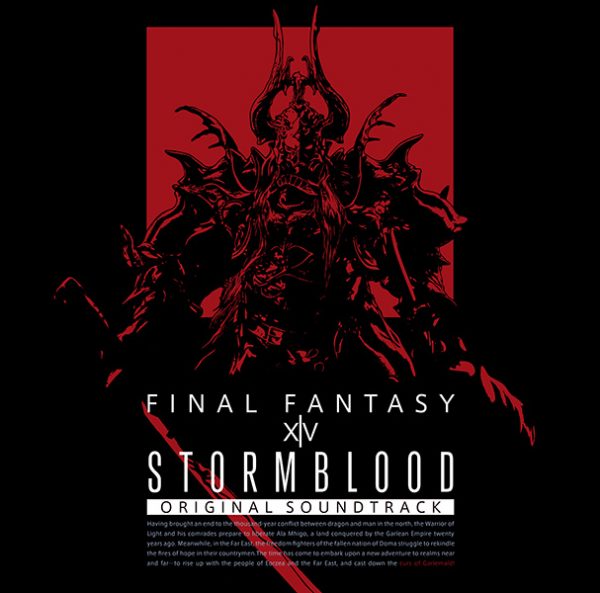
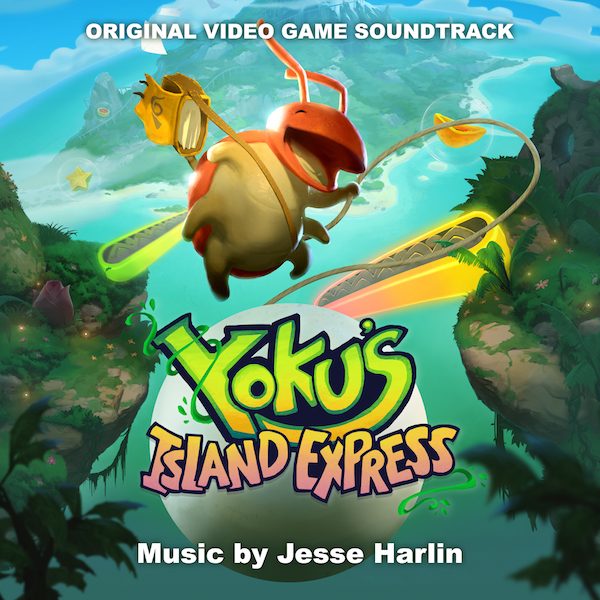
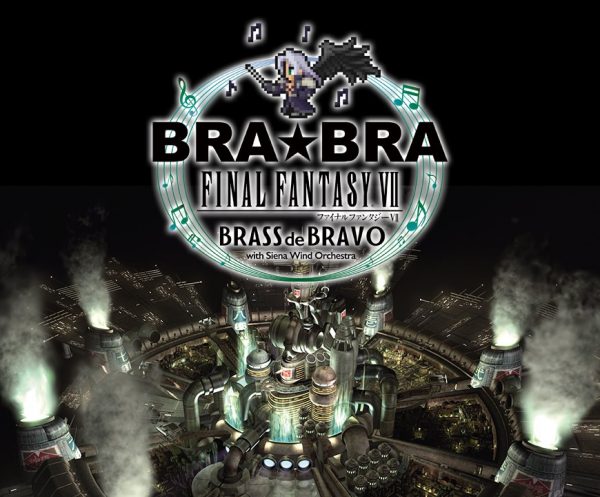
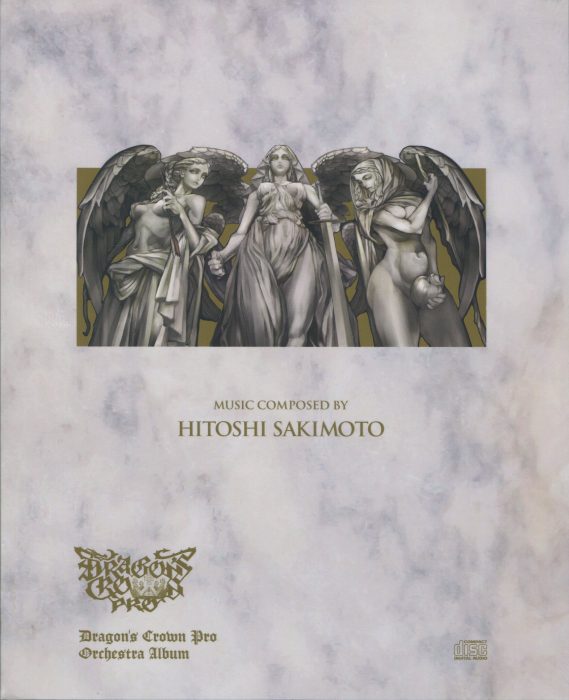
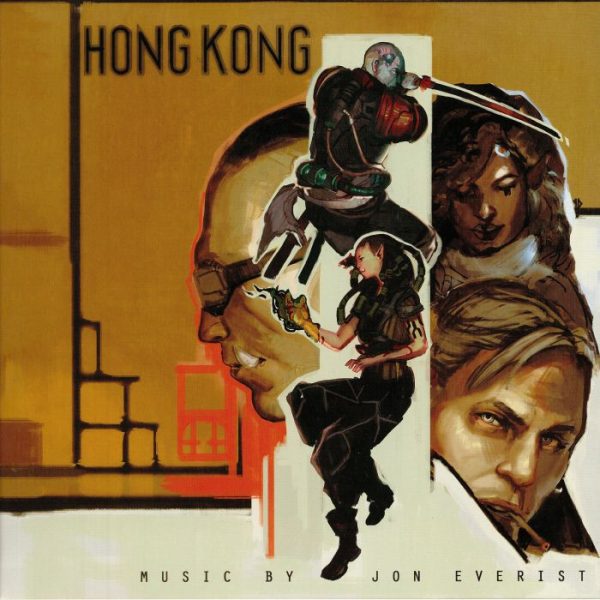
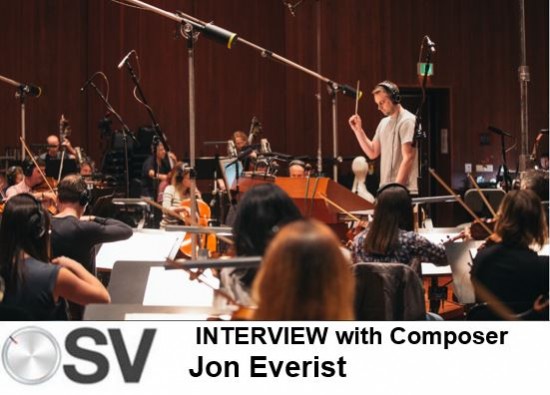
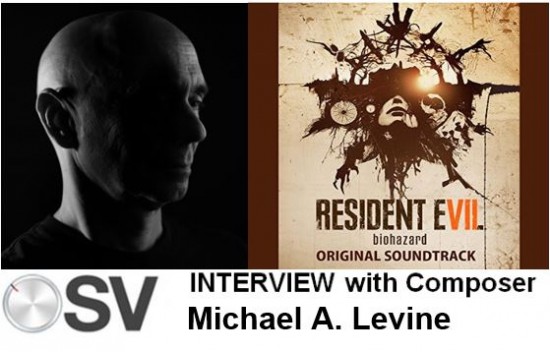
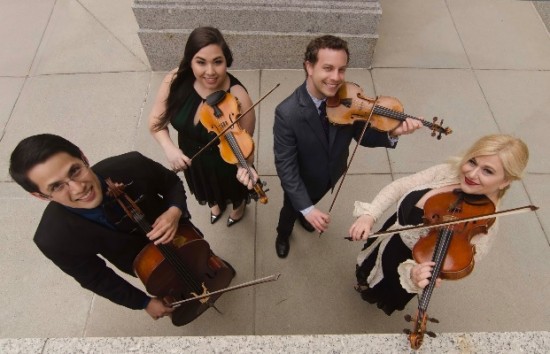
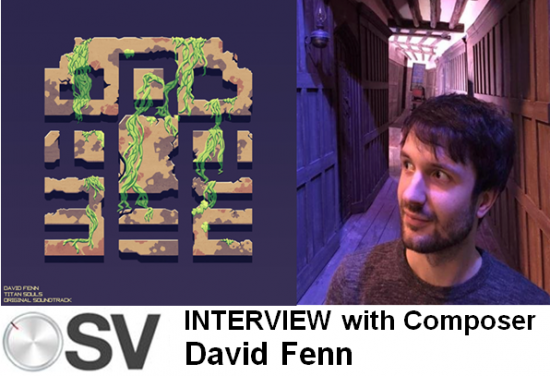
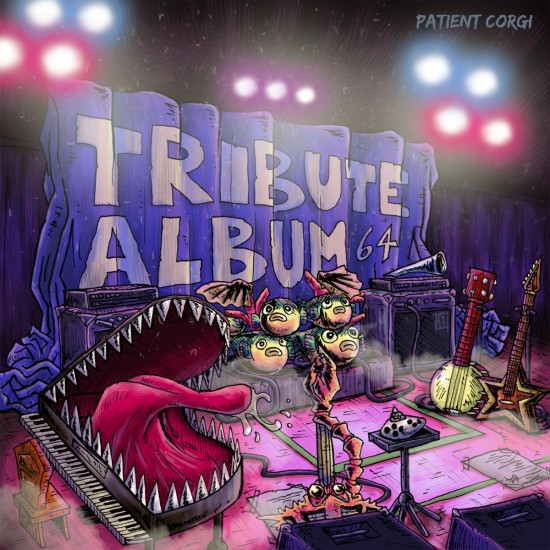

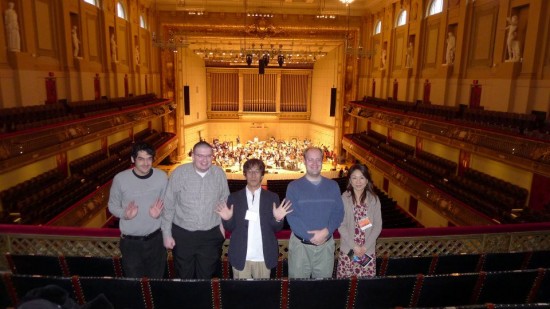
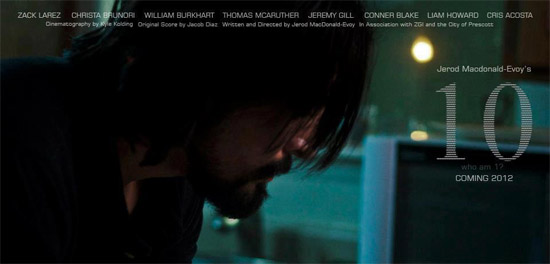
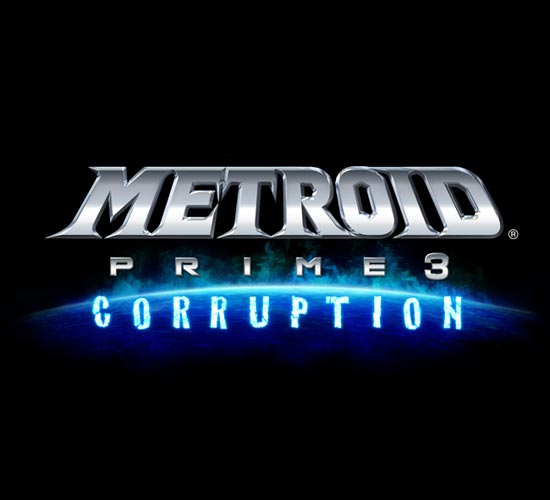


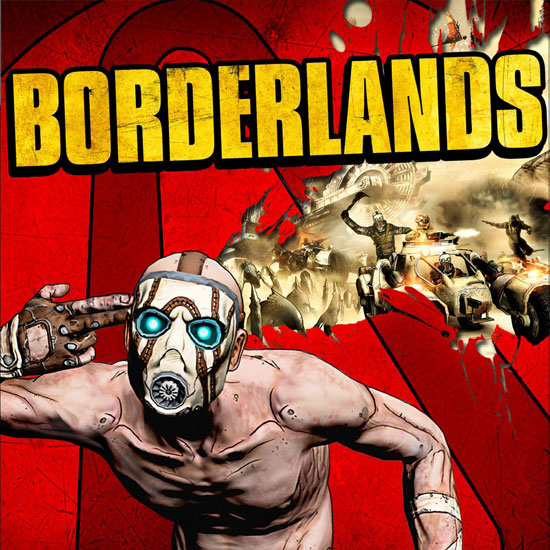

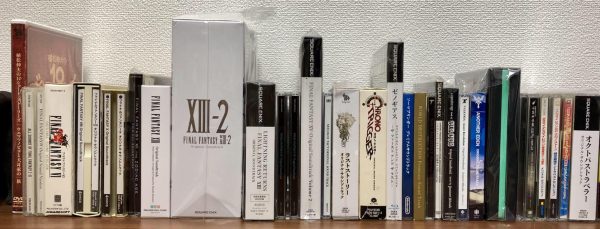
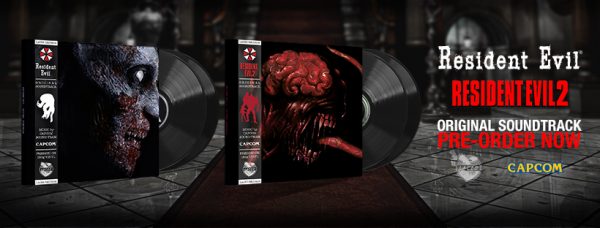
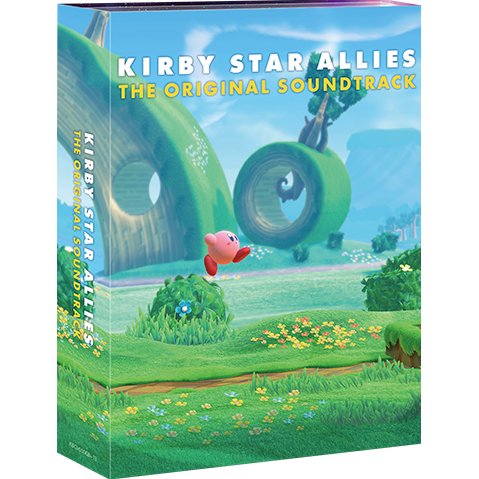
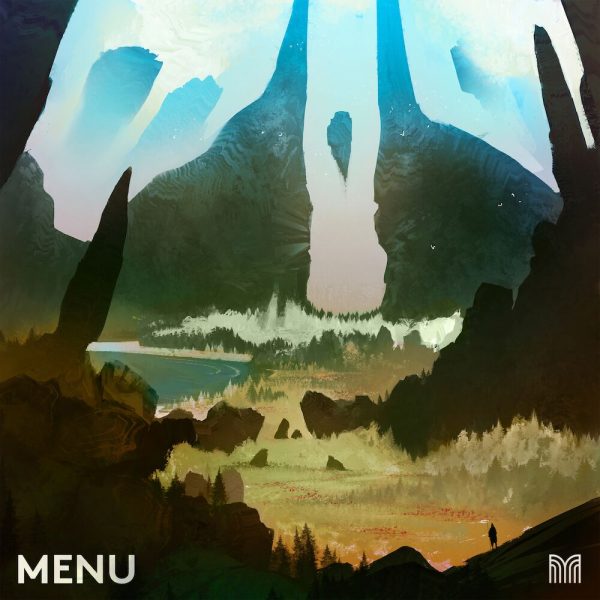
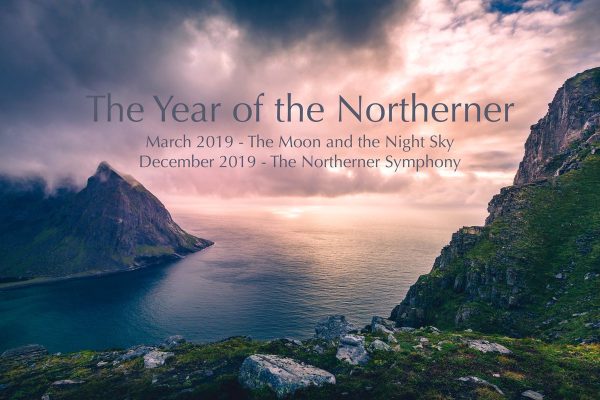
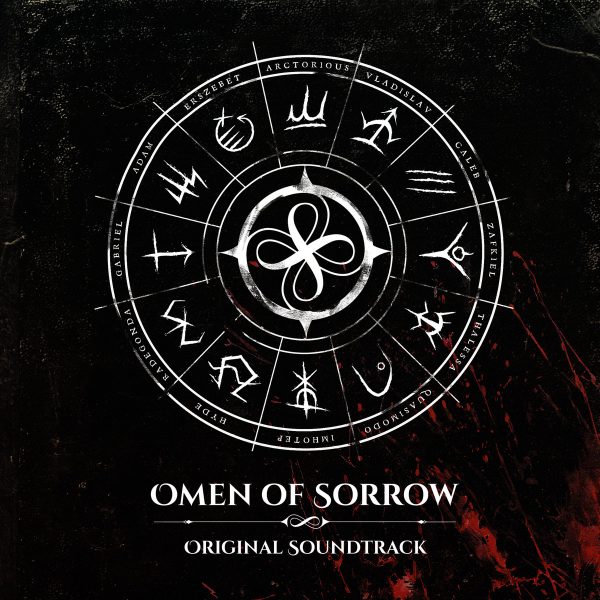
[…] Music in Games: G.A.N.G. reveal finalists for their 8th annual GANG awards – audio of the year, music of the year, that sort of thing. Diamond and the Sound of a Gunshot composers discuss ‘audio tension’ (it’s a Japan-only game, but interesting reading). Borderlands audio lead Raison Varner chats about the game’s soundtrack […]
The soundtrack of Marauder ( https://rawg.io/games/marauder )was the one of the best in my life. Thank you for all the things that you’ve done, it was gorgeous.